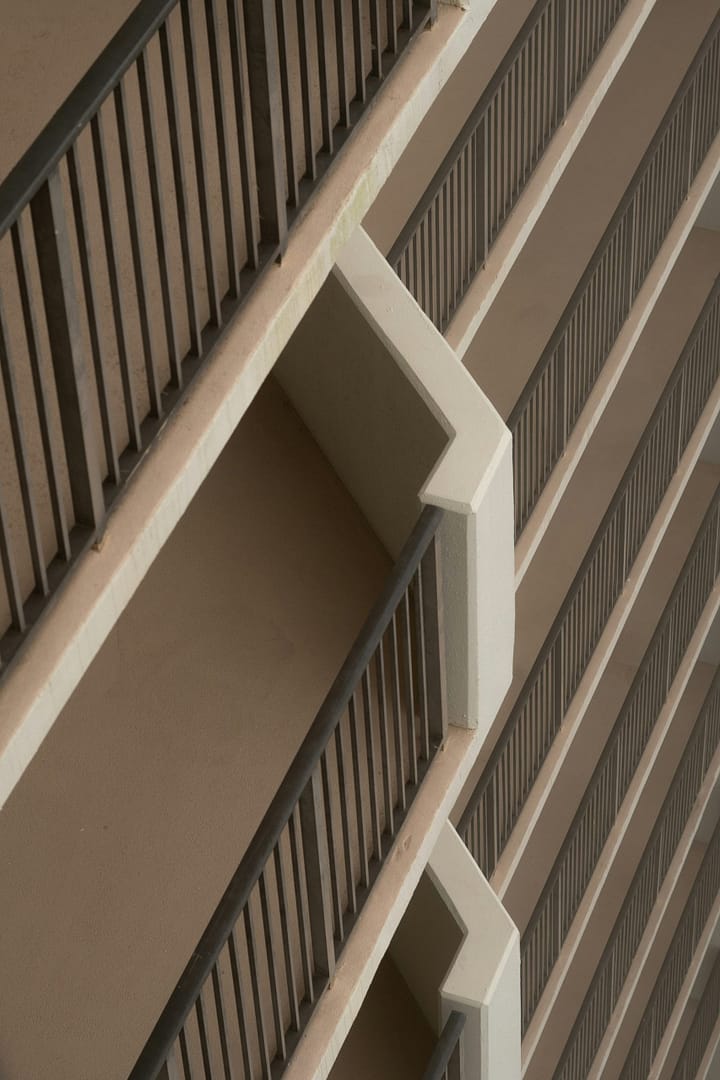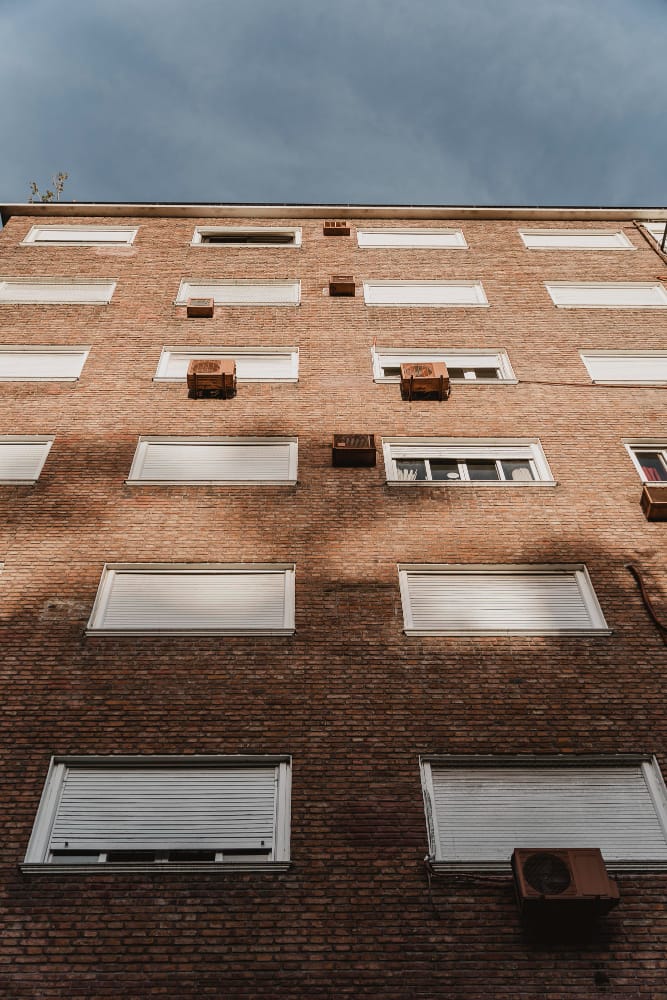Housing quality plays a massive role in our daily lives, affecting not just our physical health but also our mental wellbeing. The English Housing Survey (EHS) 2022-23, published on 18 July 2024, reveals some eye-opening facts about how poor housing conditions—like non-decent homes, Category 1 hazards, and damp—impact households across England. In this article, we’ll break down the key findings, explore how housing quality affects wellbeing, and explain how you can claim compensation if you’re living in poor conditions. Plus, we’ll show how National Claims can connect you with experienced solicitors to help with your claim.
What Does the English Housing Survey Tell Us?
The EHS is a long-running government survey that looks at housing conditions in England. The 2022-23 report, which combines data from 2021-22 and 2022-23, shows that 3.5 million households (14%) live in homes that fail the Decent Homes Standard. Additionally, 2.1 million households (9%) have at least one Category 1 hazard, and 1 million households (4%) deal with damp. These numbers highlight a serious issue: poor housing is more common than many might think.
Private renters are the most affected. Around 21% of private renters live in non-decent homes, 12% face Category 1 hazards, and 10% have damp issues. In comparison, owner-occupiers (13%), local authority renters (11%), and housing association renters (10%) fare slightly better, but the problem still exists across all tenures (source: English Housing Survey 2022-23).
How Does Poor Housing Affect Wellbeing?
Poor housing doesn’t just mean a leaky roof or a cold room—it can take a real toll on your mental and physical health. The EHS 2022-23 report dives into this, showing clear links between housing quality and wellbeing, though it doesn’t prove that bad housing directly causes these issues.
Firstly, let’s talk about life satisfaction. Households in non-decent homes reported lower life satisfaction (7.2 out of 10) compared to those in decent homes (7.5). This gap was even bigger for private renters, who scored 6.8 in non-decent homes versus 7.3 in decent ones. Similarly, happiness levels dropped in poor-quality homes. Private renters in non-decent homes rated their happiness at 6.9, compared to 7.3 in decent homes.
Next, anxiety is a big concern. While non-decent homes and Category 1 hazards didn’t significantly increase anxiety, damp homes did. Households in damp homes reported an average anxiety score of 3.5, higher than the 3.1 for those without damp. This makes sense—living with mould or damp can be stressful and worrying.
Finally, general health takes a hit too. Only 58% of people in damp homes reported ‘good’ health, compared to 70% in homes without damp. For private renters, the difference is stark: 63% in damp homes reported good health, versus 75% in non-damp homes. Local authority renters in damp homes were even more likely to report ‘bad’ health (31%) than ‘good’ (27%).
Who Is Most Affected by Poor Housing?
The EHS highlights that certain groups are more likely to live in poor-quality homes, which can worsen their wellbeing. For example, private renters with long-term illnesses or disabilities are more affected—26% live in non-decent homes, compared to 19% of those without such conditions. Similarly, private renters receiving housing support are more likely to face issues, with 27% in non-decent homes versus 19% of those not receiving support.
Households with dependent children also suffer. Around 1.5 million children live in non-decent homes, and 790,000 live in damp homes, which can impact their health and development. Additionally, lower-income households are more at risk. Those in the lowest income quintile are more likely to live in non-decent homes (18%) or damp homes (6%) compared to the highest quintile (11% and 2%).
The Regional and Rural Divide
Where you live also matters. The EHS shows that housing quality varies across regions. The North West and East Midlands have the highest rates of non-decent homes (both 19%), while London and the South East fare better (10% and 11%). However, rural areas face bigger challenges. Households in villages and hamlets are twice as likely to live in non-decent homes (26%) compared to urban areas (14%). This is often because rural homes are older, less energy-efficient, and more likely to have hazards.
The Cost of Fixing Poor Housing
Improving housing quality isn’t cheap. The EHS estimates it would cost an average of £9,266 to bring a non-decent home up to the Decent Homes Standard, with a median cost of £7,953. Costs vary by region—£9,508 in the North East, but only £6,408 in the West Midlands. For private renters, the median cost to fix a non-decent home is £8,381, which many landlords might not be willing to pay, leaving tenants in poor conditions.
How Much Compensation Can You Claim?
If you’re living in a home with damp, Category 1 hazards, or other issues that make it non-decent, you might be entitled to compensation. The amount depends on the severity of the problem, its impact on your health, and any financial losses, like medical costs or time off work.
Here’s a rough guide based on typical personal injury compensation guidelines in the UK:
- Minor Damp-Related Health Issues (e.g., mild asthma): £1,000 to £5,000
- Moderate Health Issues (e.g., ongoing respiratory problems): £5,000 to £15,000
- Severe Health Issues (e.g., chronic illness from damp): £15,000 to £40,000+
- Mental Health Impact (e.g., anxiety or depression): £1,500 to £20,000, depending on severity
These are estimates, and your claim could be higher if you’ve faced significant disruption or costs. A solicitor can give you a clearer idea based on your situation.
How National Claims Can Help
Dealing with poor housing can feel overwhelming, especially if your landlord isn’t taking action. That’s where National Claims comes in. National Claims will help you get in touch with experienced solicitors who specialise in housing disrepair claims. They’ll guide you through the process, from gathering evidence to securing the compensation you deserve. Don’t let poor housing harm your wellbeing—reach out to National Claims today.
What Can You Do About Poor Housing?
If you’re living in a non-decent home, you have rights. Under the Homes (Fitness for Human Habitation) Act 2018, landlords must ensure properties are safe and habitable. If they fail to fix issues like damp or hazards, you can take legal action. A 2023 BBC report highlighted a case where a tenant won £10,000 in compensation after their landlord ignored damp issues for years.
Start by reporting the problem to your landlord in writing. If they don’t act, contact your local council’s environmental health team, who can inspect the property. If that doesn’t work, a solicitor can help you file a claim.
Frequently Asked Questions
Q1. What makes a home non-decent?
A home is non-decent if it has a Category 1 hazard, is in disrepair, lacks modern facilities, or isn’t energy-efficient.
Q2. How long do I have to make a housing disrepair claim?
You typically have six years from when the issue started, but it’s best to act quickly.
Q3. Can I claim if I’m a private renter?
Yes, private renters can claim if their landlord fails to fix serious issues like damp or hazards.
Q4. What evidence do I need for a claim?
Photos of the issue, correspondence with your landlord, and medical records (if your health is affected) can help.
Q5. Will claiming affect my tenancy?
No, landlords can’t evict you for making a legitimate claim, thanks to laws protecting tenants.
Conclusion
The English Housing Survey 2022-23 shows that poor housing—whether it’s damp, hazards, or non-decent conditions—has a real impact on wellbeing, from lowering happiness to increasing anxiety and health issues. Private renters, low-income households, and rural residents are most at risk. If you’re living in poor conditions, you don’t have to suffer in silence. National Claims will help you get in touch with experienced solicitors to fight for your rights and secure compensation. Take action today—your wellbeing matters.
Contact National Claims today, and we will put you in touch with an expert solicitor who can guide you through the claims process.📞 Call us now free 0800 029 3849 or 📩 Submit an online enquiry to speak to our team. Your safety and well-being matter, and we’re here to help.

We’re proud of our excellent customer reviews
We thrive on delivering exceptional service and ensuring our clients’ satisfaction. Don’t just take our word for it. Check out some of our independent reviews to see what our clients have to say.
Excellent

This firm is excellent, they sorted out my car pay out and injury claim very fast, they always communicate with you all the time.

My accident case was dealt with confidence and with great result of the outcome, especially James kept me informed all the time.

I was very impressed at the way my inquiry was treated. I was listened to attentively and everything I needed to know was explained to me.






